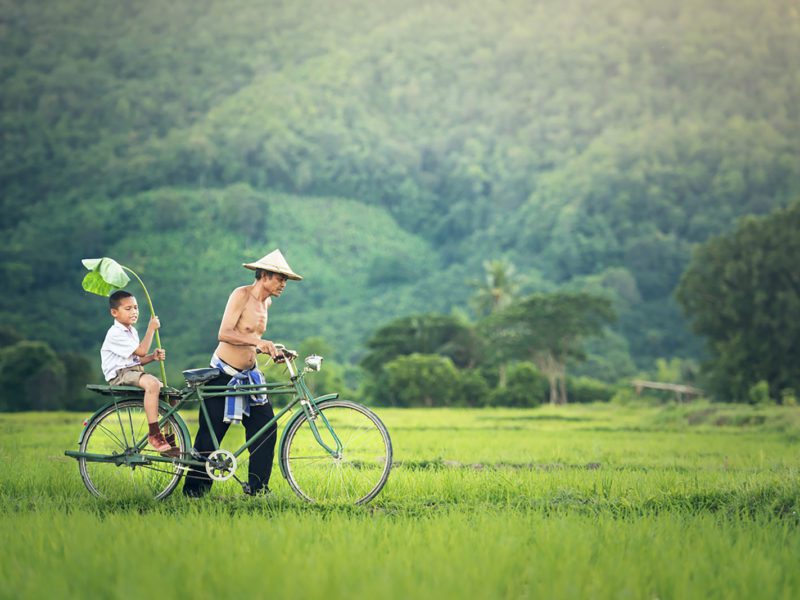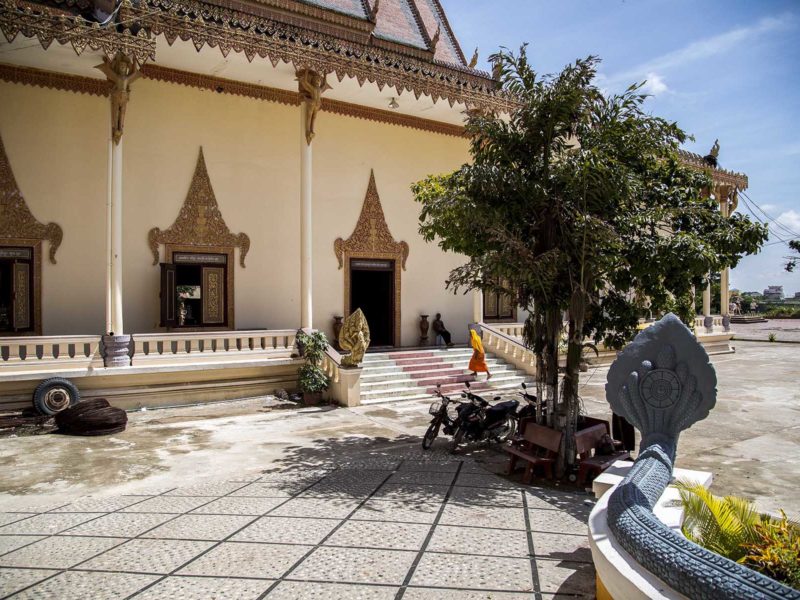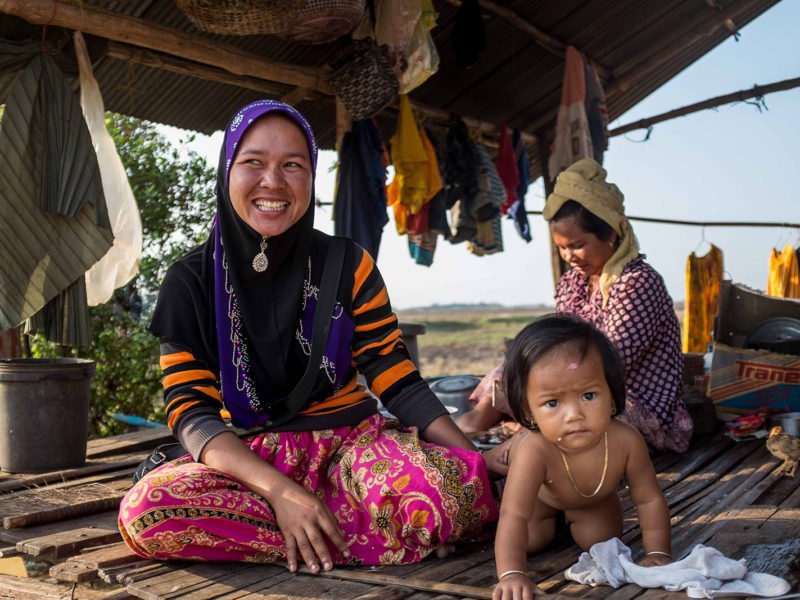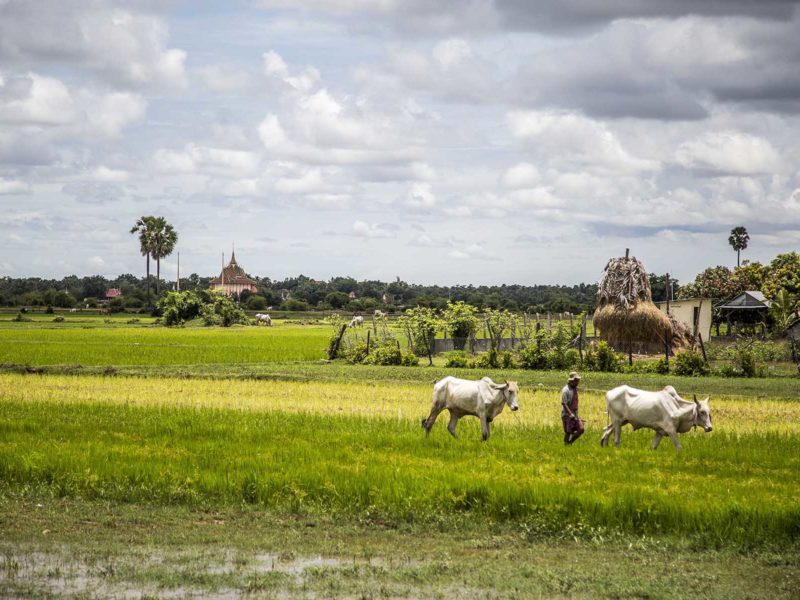Why travelling to Vietnam and Cambodia ?
First of all, the geography of the region is perfect for a combined Vietnam and Cambodia trip. Vietnam stretches over 2,000 km from north to south, with destinations to suit every preference (northern mountains, Lan Ha Bay, Phong Nha Ke Bang caves, central beaches, the Mekong Delta, etc.). Cambodia shares a southern border with Vietnam, making it easy to extend your trip to Cambodia after a stay in Vietnam.
Secondly, the Mekong River connects the two countries and creates similar ways of life that are entirely dependent on the river’s activities. The populations of the Mekong Delta in both Vietnam and Cambodia mostly originated from the same Khmer origin. It is only recently that Vietnam acquired these territories, still claimed by some Khmer nationalists.
Lastly, visiting Cambodia after Vietnam is an opportunity to discover the rich history of the country, particularly the Khmer civilization that ruled from the Angkor site from the 9th to the 14th century. Our tours will give you ample time in Siem Reap so you can gain a thorough understanding of this historically rich period in the region’s history.
Our tours to discover Vietnam and Cambodia
No tours match your criteria
Our tours to discover Cambodia
Overview about Cambodia
Southeast Asian country, Cambodia is a welcoming kingdom with a population of just over 15 million people. It has a rich ancient history, as it was on its territory that the Khmer Empire was established from the 12th century. Before internal wars and invasions, the empire experienced a golden age symbolized by numerous temple constructions, such as the monumental complex of Angkor Wat within the religious center of Angkor.
Recent history, on the other hand, has left less glorious marks, as the Khmer Kingdom was placed under French protectorate at the end of the 19th century and had to endure numerous dictatorships during the second half of the 20th century. The most terrible of these was that of the Khmer Rouge from 1975 to 1979.
Since then, the population has slowly regained its footing, and the country has opened up, like its Southeast Asian neighbors, to the market economy.
Nevertheless, the country is still largely rural, much to the delight of travelers who particularly appreciate the calming countryside of Cambodia.
First of all, it should be known that it’s quite hot all year round in Cambodia! The climate is marked by the presence of two seasons, with the dry season on one hand, which lasts from November to March, and the rainy season on the other hand, from May to October. Temperatures are milder during the dry season (between 25 and 30 degrees Celsius) while it’s very hot (over 35 degrees Celsius) and humid during the rainy season. Even though it doesn’t rain every day, far from it, this climate may not be suitable for all travelers. The dry season is therefore preferred for a trip to Cambodia, even though it is also the high tourist season! The months of January and February are the least hot of the year.
Based mainly on rice and fish (from Lake Tonle Sap), and using a lot of aromatic herbs and condiments, Khmer cuisine has been enriched over the years through cultural encounters. Thus, steamed dishes have a Chinese origin while spicy and salty dishes come from India. Soups are also found in Cambodia, whose origin is of course to be found in their Vietnamese neighbor. Some of our favorite dishes include amok trei, made with fish or chicken, accompanied by coconut milk and spices, all cooked in a banana leaf; and lok lak, of Vietnamese origin, a dish of beef marinated in a sauce and served with rice.



